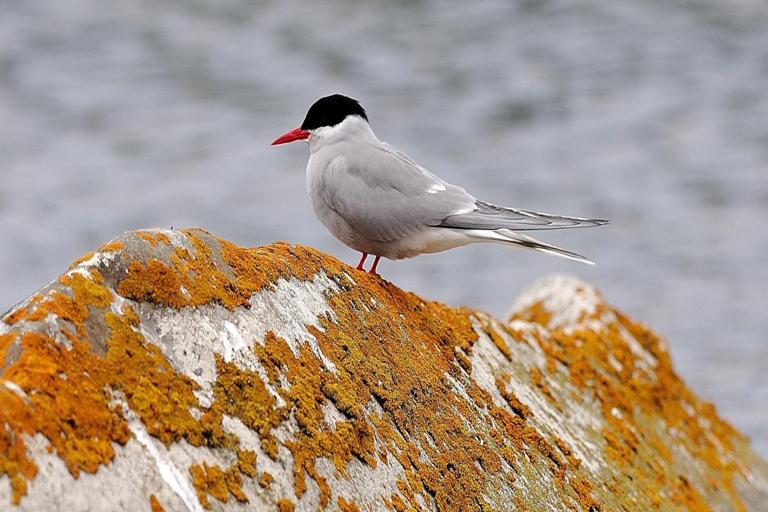Manitoba Birdwatchers Report Rare Sightings During Early Migration Window
Birdwatching groups across southern Manitoba are buzzing after a series of unusual sightings suggested a shift in migration patterns, drawing both seasoned observers and curious newcomers to local observation points this month.
By Sofia Gagnon · November 09, 2025 00:12

Birdwatching communities across Manitoba are energized after a series of early spring sightings revealed several uncommon species making appearances along migration routes. Amateur and experienced birders alike have been gathering at wetlands, riverbanks, and conservation areas to observe the unusual flight activity. Many say the diversity of species arriving ahead of schedule suggests subtle shifts in weather patterns and habitat conditions shaping migratory behavior.
Local birding groups began logging sightings in mid-March, noting that species such as the western tanager, varied thrush, and red-throated loon appeared earlier than in previous years. While rare sightings are not unprecedented, the frequency and clustering of this season’s observations have prompted increased attention from ornithologists who study bird movement across the prairies. They believe this year’s activity could offer valuable insights into how climate variability influences long-distance migration.
Volunteers have played a key role in documenting the sightings, using mobile apps and coordinated surveys to track species movements in real time. Their contributions help create a clearer picture of population trends and distribution patterns across Manitoba’s diverse ecosystems. Many participants say the experience has strengthened their appreciation for the region’s wildlife and encouraged them to spend more time outdoors.
At the Oak Hammock Marsh Interpretive Centre, staff report a noticeable uptick in visitors hoping to catch a glimpse of rare species. Guided walks and educational workshops have been expanded to meet the demand, giving people of all ages an opportunity to learn more about local bird habitats. Experts emphasize the value of understanding how migration routes intersect with wetland conservation efforts.
Scientists studying the early arrivals suggest that warmer spring temperatures and shifting jet stream patterns may have contributed to the unusual sightings. They caution, however, that single-year anomalies do not always indicate long-term trends. Continued monitoring will be necessary to determine whether similar patterns emerge in future seasons and what implications they may have for regional biodiversity.
Environmental groups have used the increased interest in birdwatching to highlight the importance of preserving critical habitats. Wetlands, grasslands, and river corridors play key roles in supporting migratory species, many of which rely on Manitoba as a stopover point during long journeys north. Conservation advocates hope the public attention will translate into stronger support for habitat protection initiatives.
Local schools have also incorporated the sightings into classroom activities. Teachers have encouraged students to track migration updates, participate in outdoor observations, and learn how regional wildlife responds to environmental changes. These lessons aim to foster a deeper understanding of ecological systems while inspiring young people to consider careers in conservation or environmental science.
Photographers have contributed to the excitement with images capturing the rare species in flight or perched near waterways. Their photographs have spread widely on social media, drawing national attention to Manitoba’s birdlife. Many say the visual documentation helps raise awareness about the diversity of species that pass through the province annually.
Despite the enthusiasm surrounding this year’s sightings, experts stress the need to balance public interest with responsible wildlife viewing. They recommend keeping a respectful distance from nesting areas and sensitive habitats to avoid disturbing the species. Organized groups have distributed guidelines to help ensure that increased human presence does not negatively affect the birds.
As migration continues into late spring, birdwatchers remain hopeful that additional rare species may still appear along Manitoba’s waterways and grasslands. Whether the unusual activity signals a broader ecological pattern or a temporary fluctuation, the season has offered a rewarding opportunity for residents to connect with nature and contribute to ongoing scientific observations.